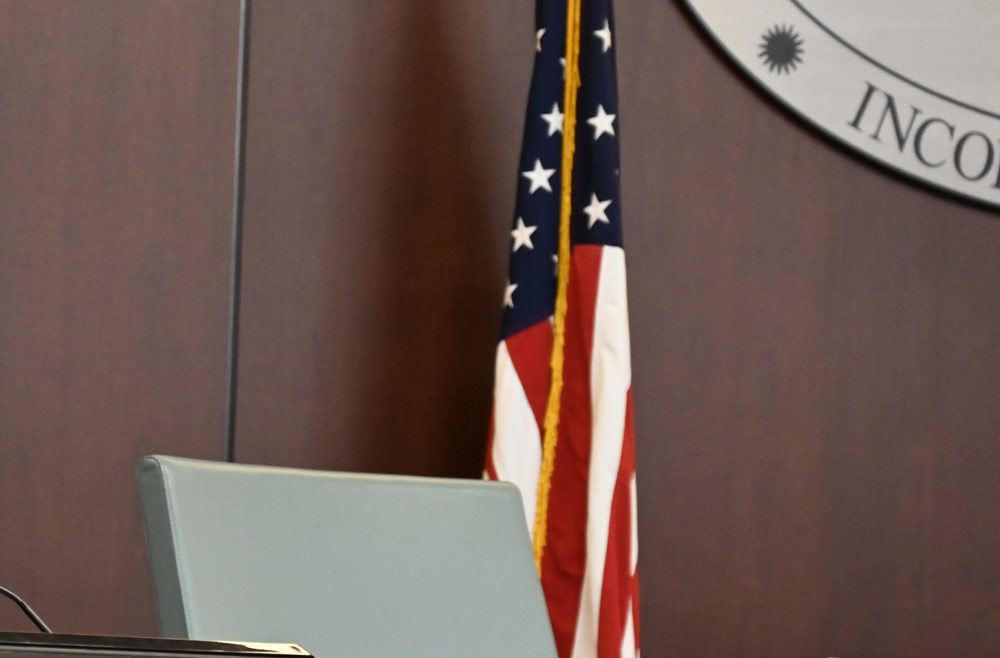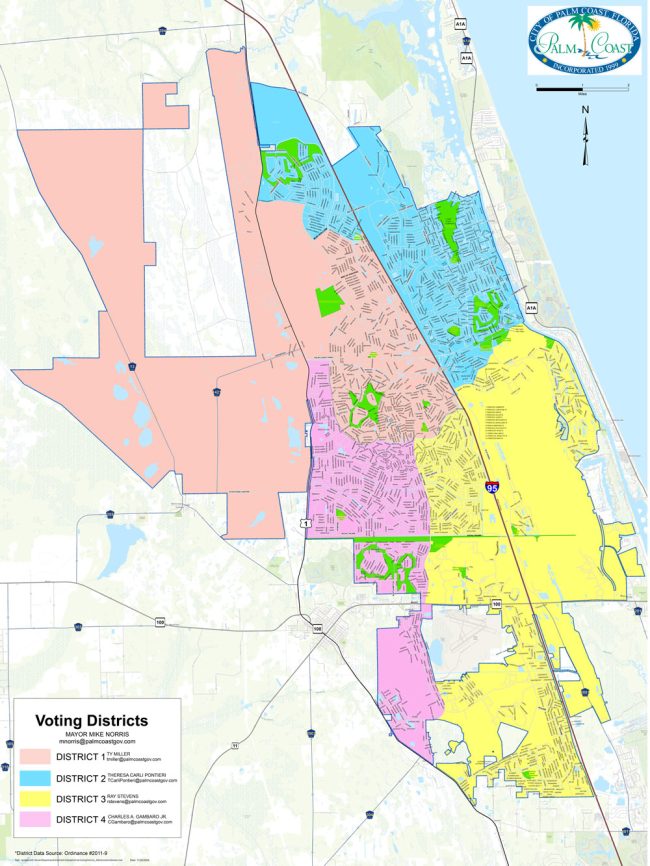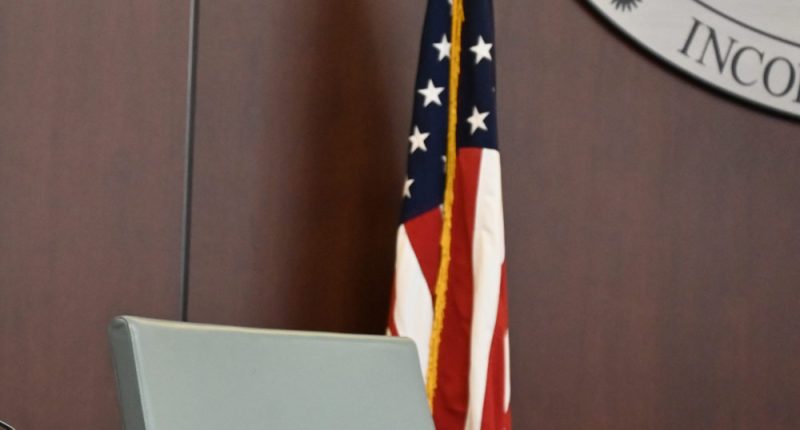
The Palm Coast City Council has had seven resignations since 2016: Bill McGuire. Steven Nobile. Jack Howell. Victor Barbosa. Milissa Holland. Cathy Heighter. And now Ray Stevens, who attended a handful of meetings after his swearing-in last December before health difficulties sidelined him.
Over the same time span, the council has had four mayors (Jon Netts, Holland, David Alfin and now Mike Norris) and 22 council members, a turnover rate unmatched on any other local government board. The council’s volatility is likely scaring off some of the better candidates for city manager as the council seeks to fill a post that has not lacked for its own precariousness (four managers or interims since 2018, after just two managers led the city in its first 19 years, albeit both a bit autocratically).
The instability of the council also underscores the council members’ relative lack of experience. The rule of thumb among elected officials is that it takes two years to effectively round the necessary learning curve. Only one council member has that (Theresa Pontieri).
In contrast with the council and the top job, and its utility department aside, the city administration has been a Sea of Tranquility and professionalism, at least when discounting its anxieties over an ever-unpredictable council. It’s kept the city in control and managed, against significant odds, to push through just this week the single-largest spending package and utility-rate increase in the city’s history. It has also coordinated every hunt for council replacements since 2016, as it now has to do yet again for Stevens. That machinery was cranked up again at Tuesday’s council meeting.
“Mr. Stevens is a very good man, and he worked very, very hard to get that seat,” Norris said. “It’s just his body’s failing him, and he came to the realization that it’s not something he’s going to be able to do, even if he recovers. And you know, Kim has been forthcoming with me throughout everything that’s been going on,” he said, referring to Stevens’s spouse. “I try to call her every other day to check on him. And we are fortunate that he is out of ICU, but he is not able to to maintain the seat, and he did the honorable thing by resigning.”
Interim Manager Lauren Johnston proposed to the council to use the same process used in the past: a 15-day application period, starting today and running through March 19. The council would conduct interviews with the candidates on April 1 at 3 p.m., ahead of a scheduled 6 p.m. meeting. The council would then hold a public workshop on April 8 to discuss its choices, and make the selection on April 15. That gives the public a chance to address the council at both meetings. (To apply, fill out this form or see below.)
Norris favored that approach. He did not favor a repeat of the process that led to Gambaro’s appointment. “It turned into a horror show, this last one,” Norris said–not in judgment of Gambaro, but of the wrangled deliberations that preceded the vote.

The “horror show” was a reference to then-Council member Ed Danko’s aggressive and misplaced grilling of candidates on their political leanings, his attacks on the city attorney, who attempted to stop Danko’s partisan questions, and on the mayor, who tried to redirect the tone of the questions as Danko thundered about free speech. It was not pretty. Norris was in the audience, and walked out. Most of the candidates sitting in the hall outside the chamber only heard indistinct yelling, if that, and seemed bemused by it all.
Danko, Alfin and Klufas are gone. None of the new council members have shown any inclination for Danko-type temperament, so Norris’s fears may be misplaced. The rest of the selection process was contentious, but not abrasive, with all candidates conducting themselves with exemplary civility. The council did not lack for qualified candidates. But it split along political rifts, with Danko pushing Gambaro, with support from then-Mayor David Alfin and a more hesitant Nick Klufas, and Theresa Pontieri advocating for Darryl Boyer, who had just lost his run for a state House seat to Sam Greco.
The council had also taken a lot of public criticism for not scheduling a special election even though it appeared it was on solid ground, based on the city charter. Had the selection not been hard fought, the council might have been blamed for rubber-stamping its choice. Given the council’s new makeup, with four independent-minded members, it’s unlikely to rubber-stamp one now.
“Being the guy that just went through this appointment process, as an applicant, I thought it was fair and equitable,” Gambaro said.
Norris hoped his colleagues would adopt a “star” interview technique, though by telegraphing the proposal, the approach risked encouraging all the candidates to prepare canned answers and canned deflections rather than be prepared either to show their knowledge of city issues or their ability to handle the unexpected question.
The candidate must live in District 3, which includes the southeast quadrant of the city, starting from a portion of the Woodlands all the way to the Intracoastal and all areas south of that, along with the southern portion of the P-Section, Town Center and Seminole Woods. (See a map of the city’s districts here.)
In 2026, the council was scheduled for two elections: for District 4, the seat held by Pontieri, and District 4, the seat to which Heighter was elected in 2022, and to which Charles Gambaro was appointed last October after Heighter’s resignation. There will now be three elections: for Districts 2, 3 and 4. The District 3 election will be a special election for a two-year term, so the winner will have to run again in 2028. The two other district elections will be as-scheduled four-year term contests.
![]()
The Application:
Council_Seat_3_Vacancy_Application_03a96ccc02










